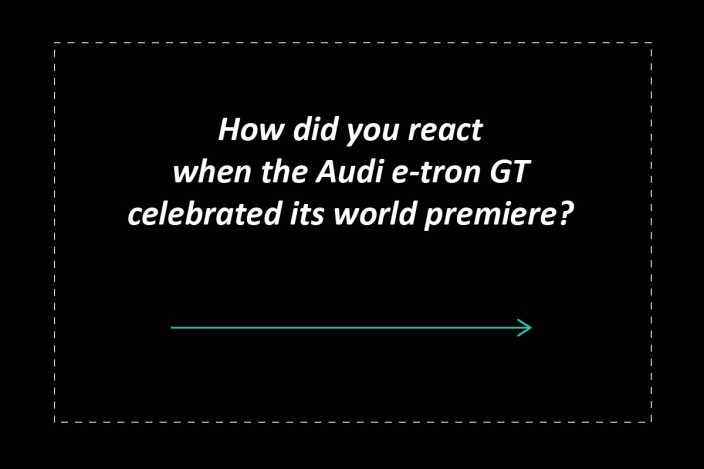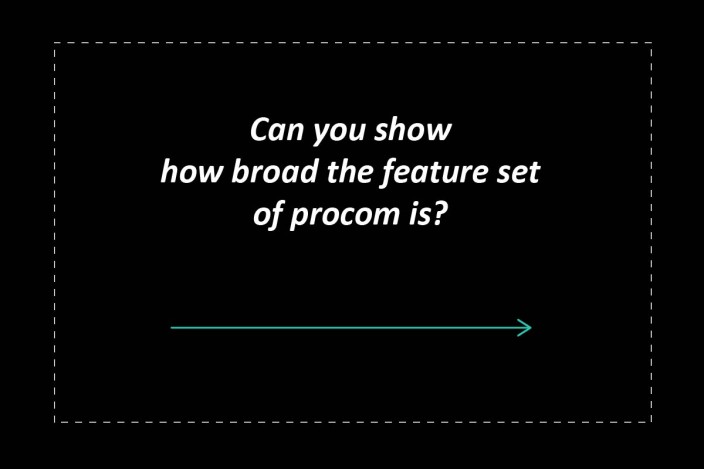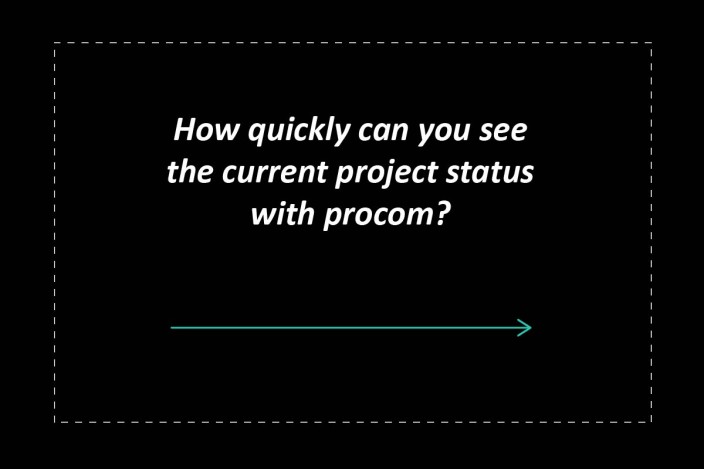Project management actually existed back in the times of the Egyptian pyramids and the Great Wall of China. In its more recent form, things all began with the development of Gantt charts in the early 20th century. Since then, the world has become increasingly more complex and project management has also adapted over time. Project management at PSW is still relatively new. In 2016, the company carried out a strategic realignment to be better prepared for the numerous challenges facing the automotive industry.
Implementing holistic PM in an organization is in itself a major undertaking. An additional challenge faced by Erhard and his team was the need to introduce project management alongside realising the largest vehicle project in the history of PSW: “At the time, Audi commissioned us with large-scale development work for the Audi e-tron GT. PM processes were essential for a project of this size. However, we had to conceptualise PM at PSW from scratch while starting to develop the vehicle at the same time. We made a virtue out of necessity and in retrospect the topics actually benefitted from one another.”








